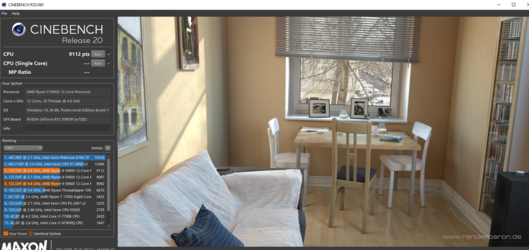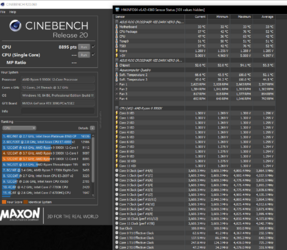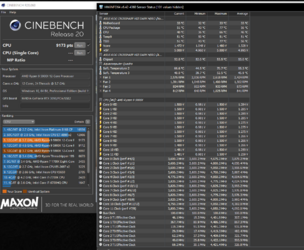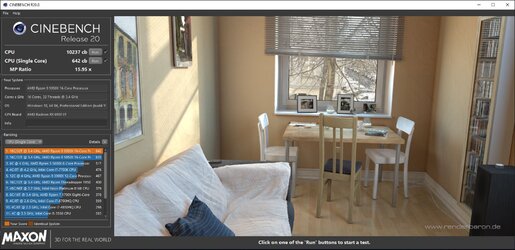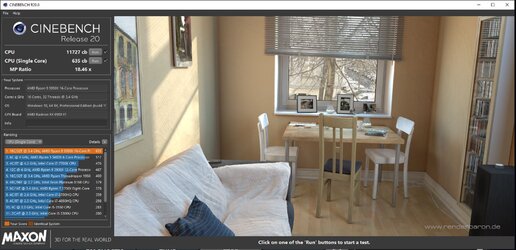- Joined
- Aug 3, 2017
Hi,
I am about to get a Dark Hero board with a 5900x and coming from years with Intel i'm kinda lost about how I should Oc it. I've checked CTR and it seems like a great tool to start with, no?
I saw a very detailed tutorial for version 2.0 :https://www.igorslab.de/en/clock-tu...en-5000-hybrid-oc-phoenix-mode-and-much-more/
or this : https://www.guru3d.com/articles-pag...GAIRXwbv4BYicMRDrh1PP4RELBExmbtRnqJqHcwmSlf8Q
I was wondering if I can still use it since the latest release is 2.1, is there any differences? Some people on discord told me NOT to use this tool, another one told me it kinda cooked his cpu with high voltage. i'd like your opinion
between PBO, curve, the switch oc on the dark hero, that's a lot of tools i'm not familiar with and i'd really like some expert advices
What type of OC should I use?
Which tools I need ?
How can i properly use the dark hero oc switch?
Thanks again !
I am about to get a Dark Hero board with a 5900x and coming from years with Intel i'm kinda lost about how I should Oc it. I've checked CTR and it seems like a great tool to start with, no?
I saw a very detailed tutorial for version 2.0 :https://www.igorslab.de/en/clock-tu...en-5000-hybrid-oc-phoenix-mode-and-much-more/
or this : https://www.guru3d.com/articles-pag...GAIRXwbv4BYicMRDrh1PP4RELBExmbtRnqJqHcwmSlf8Q
I was wondering if I can still use it since the latest release is 2.1, is there any differences? Some people on discord told me NOT to use this tool, another one told me it kinda cooked his cpu with high voltage. i'd like your opinion
between PBO, curve, the switch oc on the dark hero, that's a lot of tools i'm not familiar with and i'd really like some expert advices
What type of OC should I use?
Which tools I need ?
How can i properly use the dark hero oc switch?
Thanks again !

